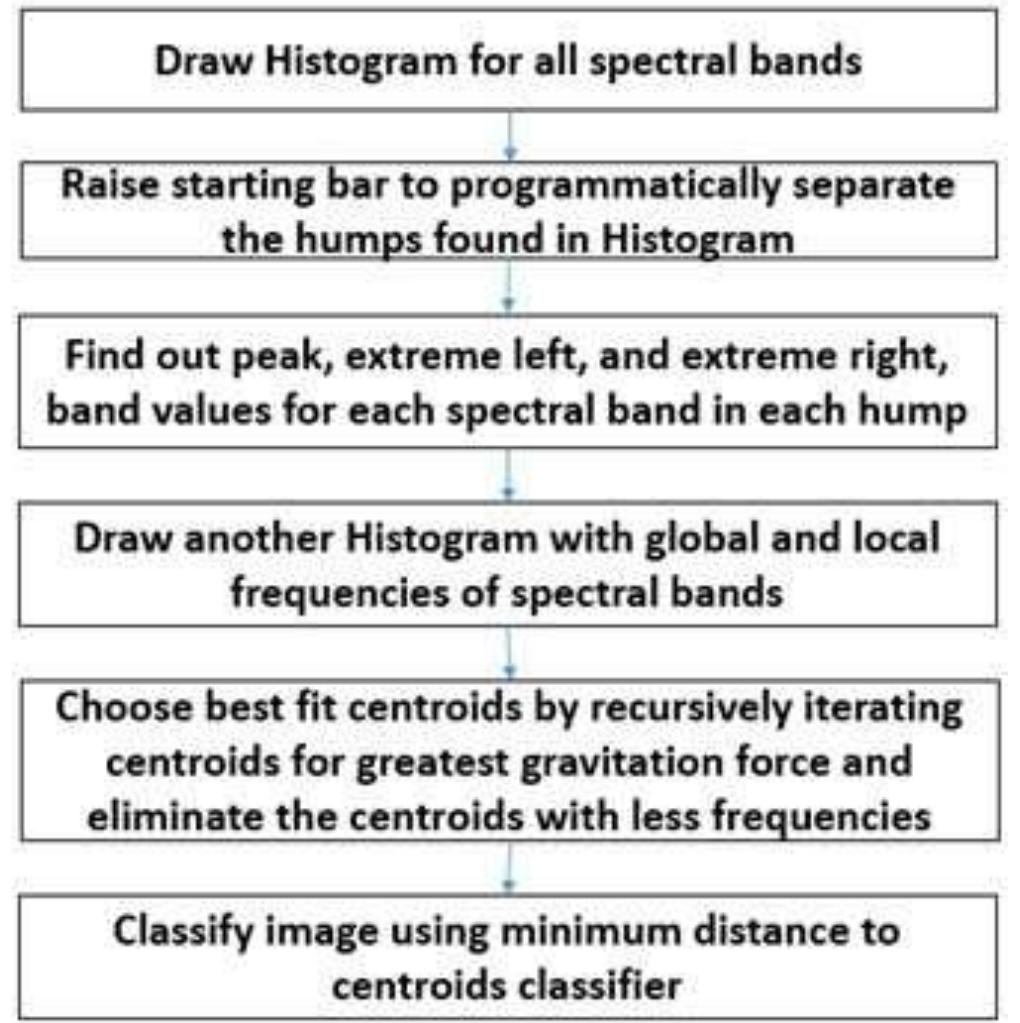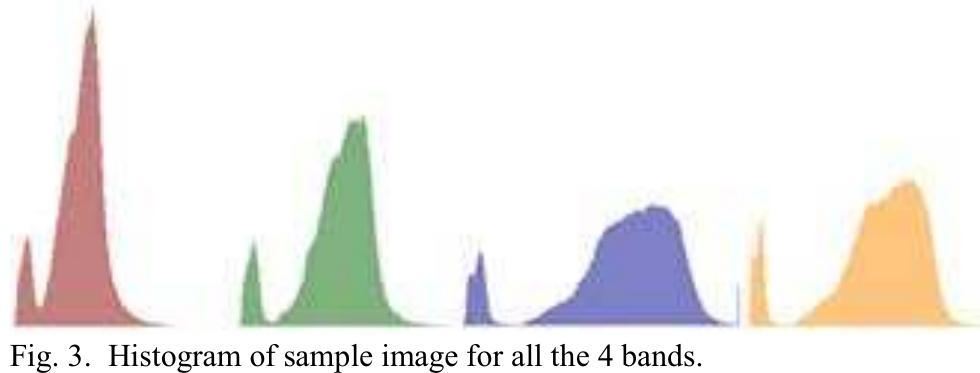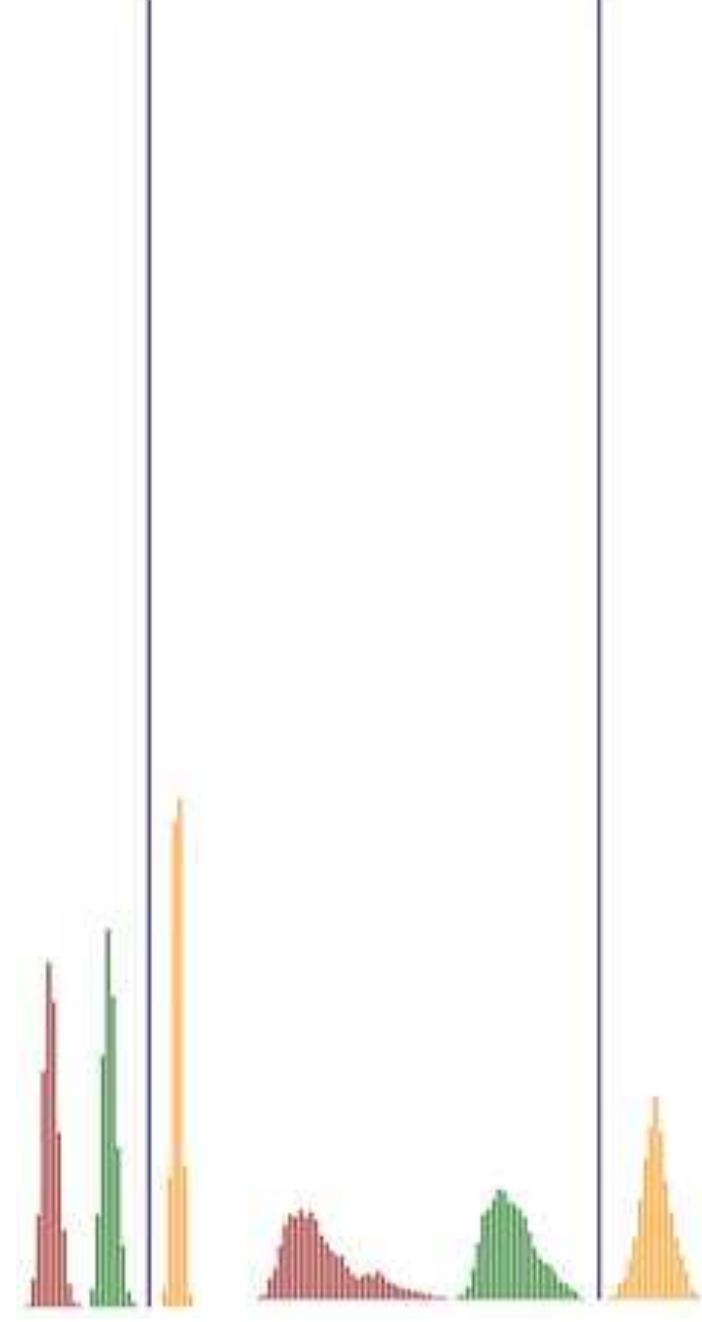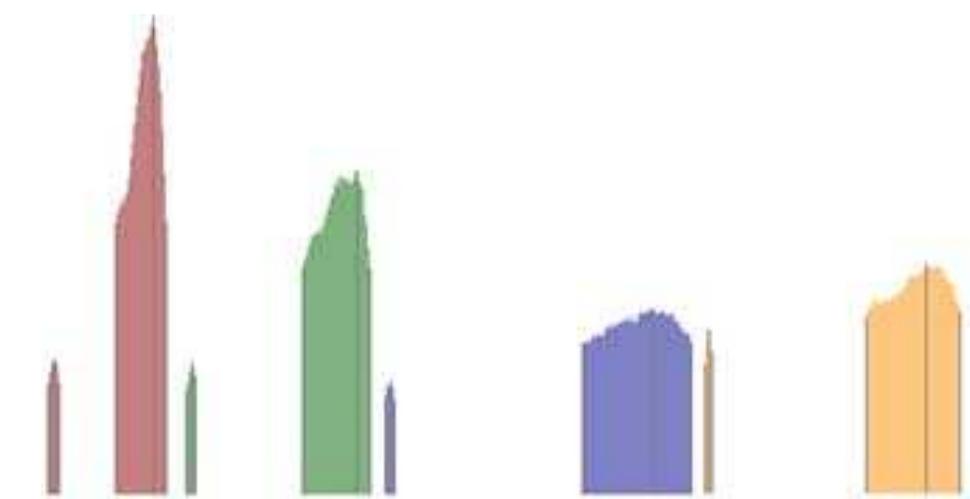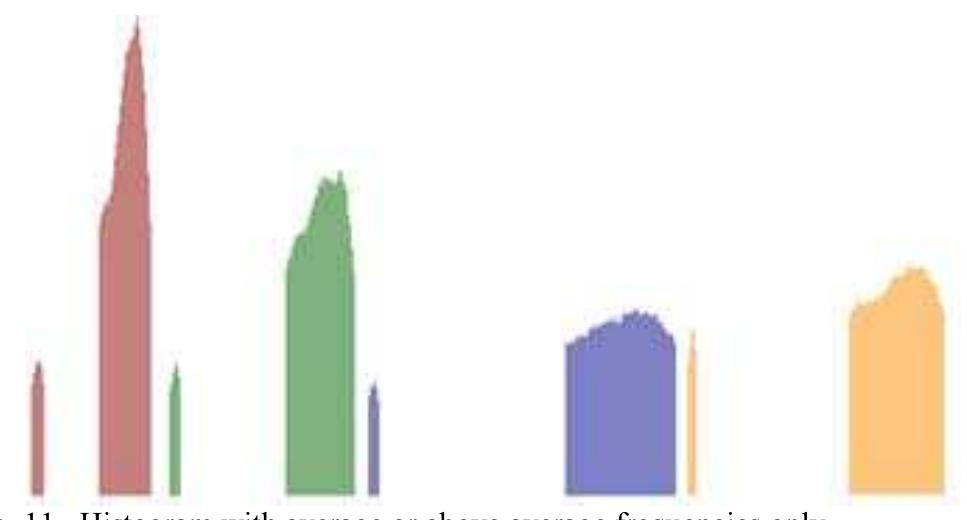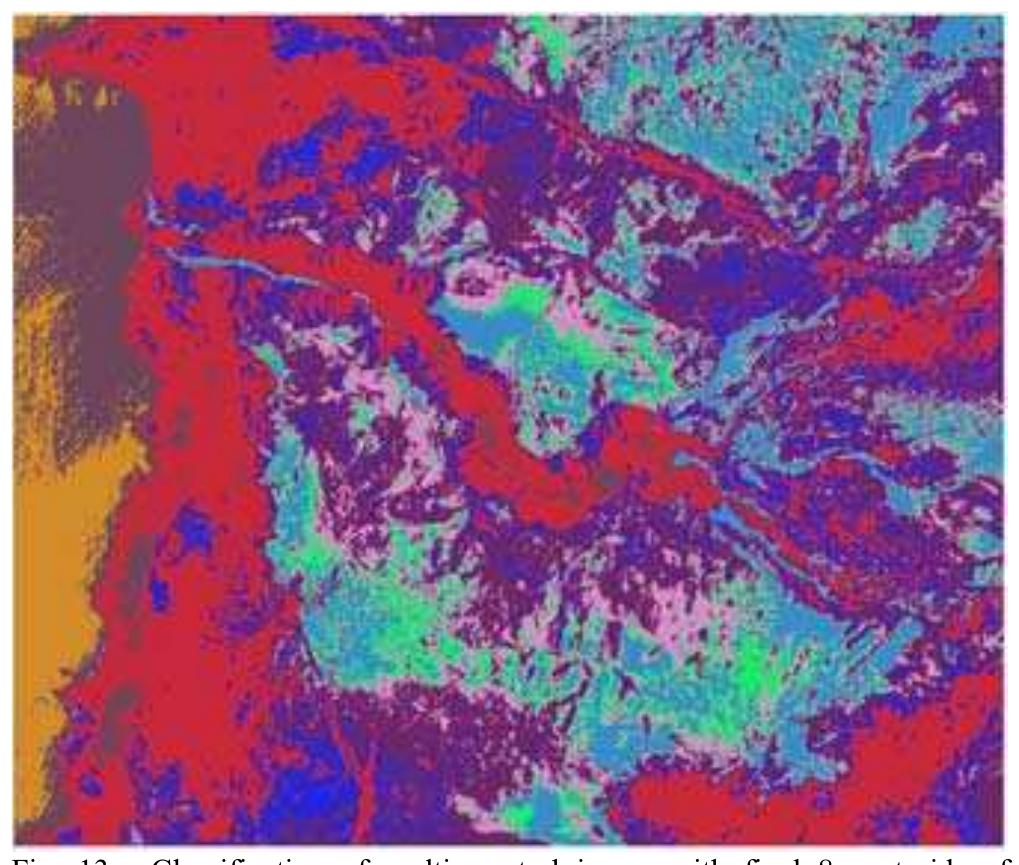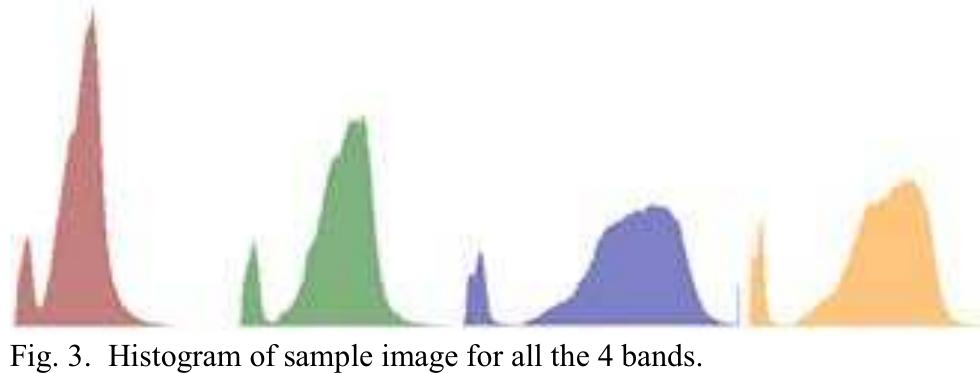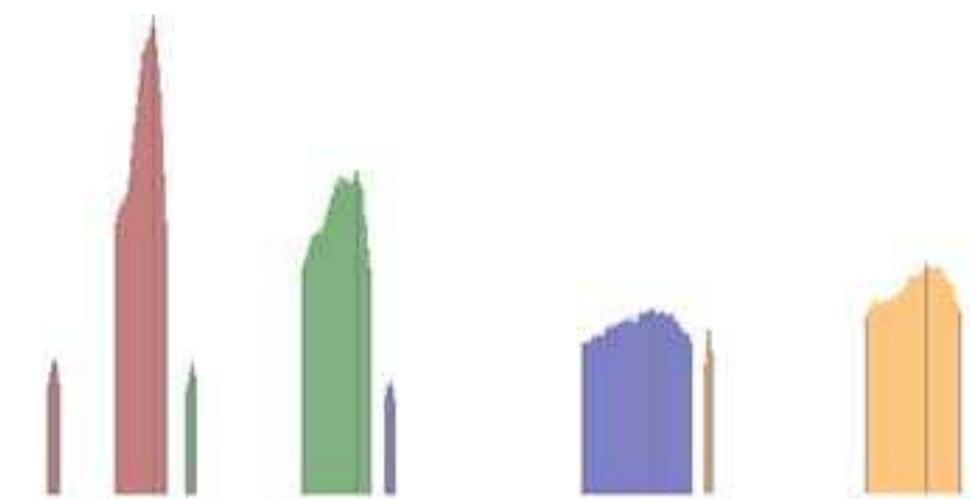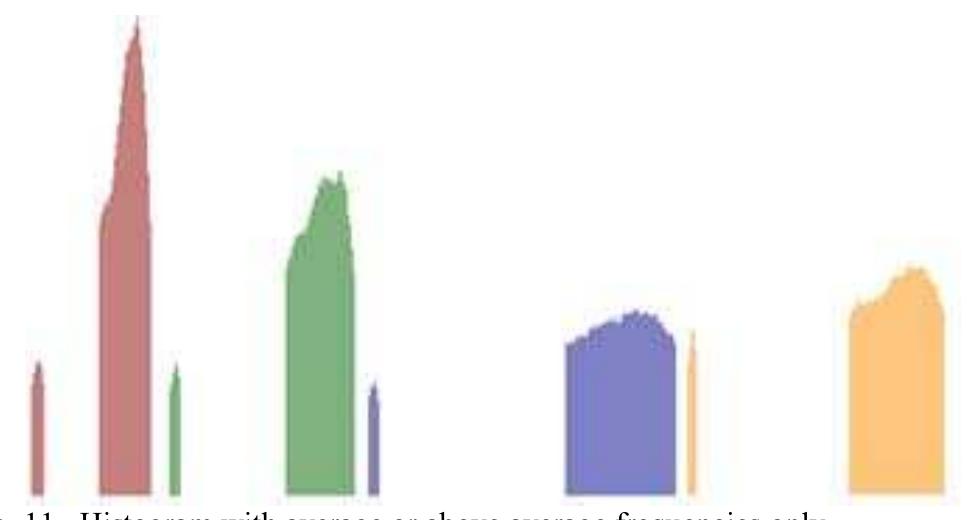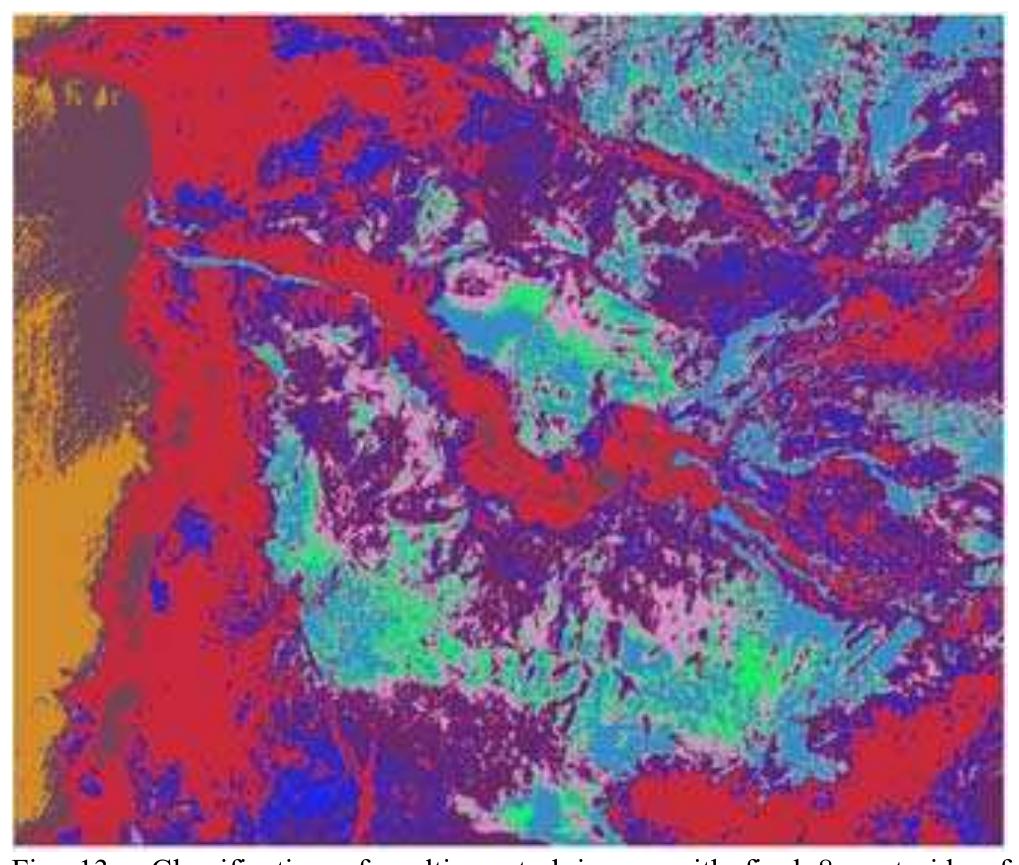Knowledge graphs have received intensive research interests. When the labels of most nodes or datapoints are missing, anchor graph and hierarchical anchor graph models can be employed. With an anchor graph or hierarchical anchor graph, we... more
We study a semi-supervised learning method based on the similarity graph and Regularized Laplacian. We give convenient optimization formulation of the Regularized Laplacian method and establish its various properties. In particular, we... more
A variety of graph-based semi-supervised learning (SSL) algorithms and graph construction methods have been proposed in the last few years. Despite their apparent empirical success, the field of SSL lacks a detailed study that empirically... more
Fake news, viruses on computer systems or infectious diseases on communities are some of the problems that are addressed by researchers dedicated to study complex networks. The immunization process is the solution to these challenges and... more
There has recently been a large effort in using unlabeled data in conjunction with labeled data in machine learning. Semi-supervised learning and active learning are two well-known techniques that exploit the unlabeled data in the... more
Graph-based semi-supervised learning has attracted much attention in recent years. Many successful methods rely on graph structure to propagate labels from labeled data to unlabeled data. Although graph structure affects the performance... more
Fake news, viruses on computer systems or infectious diseases on communities are some of the problems that are addressed by researchers dedicated to study complex networks. The immunization process is the solution to these challenges and... more
Fake news, viruses on computer systems or infectious diseases on communities are some of the problems that are addressed by researchers dedicated to study complex networks. The immunization process is the solution to these challenges and... more
There has recently been a large effort in using unlabeled data in conjunction with labeled data in machine learning. Semi-supervised learning and active learning are two well-known techniques that exploit the unlabeled data in the... more
Graph-based semi-supervised learning has attracted much attention in recent years. Many successful methods rely on graph structure to propagate labels from labeled data to unlabeled data. Although graph structure affects the performance... more
Abstract. Graph-based semi-supervised learning has attracted much attention in recent years. Many successful methods rely on graph structure to propagate labels from labeled data to unlabeled data. Although graph structure affects the... more
Abstract. There has recently been a large effort in using unlabeled data in conjunction with labeled data in machine learning. Semi-supervised learning and active learning are two well-known techniques that exploit the unlabeled data in... more
Abstract. There has recently been a large effort in using unlabeled data in conjunction with labeled data in machine learning. Semi-supervised learning and active learning are two well-known techniques that exploit the unlabeled data in... more
As the central notion in semi-supervised learning, smoothness is often realized on a graph representation of the data. In this paper, we study two complementary dimensions of smoothness: its pointwise nature and probabilistic modeling.... more
We study the cycles in sparse random graphs by treating them as a constraint satisfaction problem. We discuss how the model is defined, and the results that can be obtained in this way. In particular, we introduce and discuss an... more
As the amount of online document increases, the demand for document classification to aid the analysis and management of document is increasing. Text is cheap, but information, in the form of knowing what classes a document belongs to, is... more
Semi-supervised learning (SSL) stands out for using a small amount of labeled points for data clustering and classification. In this scenario graph-based methods allow the analysis of local and global characteristics of the available data... more
Classification techniques classify the remotely sensed image by using reflectance properties of pixels. This paper presents a new approach to classify multispectral remotely sensed image. This approach classifies the multispectral image... more
Classification techniques classify the remotely sensed image by using reflectance properties of pixels. This paper presents a new approach to classify multispectral remotely sensed image. This approach classifies the multispectral image... more
Many real-world domains are relational in nature that consist of a set of objects related to each other in complex ways. However, there are also flat data sets and if we want to apply graph-based algorithms, it is necessary to construct a... more
Sparsification reduces the size of networks while preserving structural and statistical properties of interest. Various sparsifying algorithms have been proposed in different contexts. We contribute the first systematic conceptual and... more
Semi-supervised learning (SSL) stands out for using a small amount of labeled points for data clustering and classification. In this scenario graph-based methods allow the analysis of local and global characteristics of the available data... more
Semi-Supervised Learning (SSL) techniques have become very relevant since they require a small set of labeled data. In this context, graph-based algorithms have gained promi- nence in the area due to their capacity to exploiting, besides... more
Abstract. There has recently been a large effort in using unlabeled data in conjunction with labeled data in machine learning. Semi-supervised learning and active learning are two well-known techniques that exploit the unlabeled data in... more
In the k-nearest neighbor (KNN) classifier, nearest neighbors involve only labeled data. That makes it inappropriate for the data set that includes very few labeled data. In this paper, we aim to solve the classification problem by... more
This paper shows that the accuracy of learned text classi ers can be improved by augmenting a small number of labeled training documents with a large pool of unlabeled documents. This is important because in many text classi cation... more
